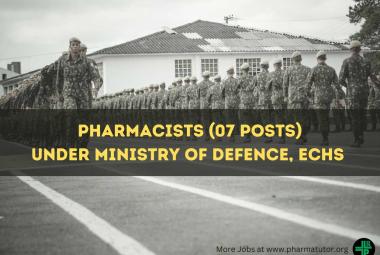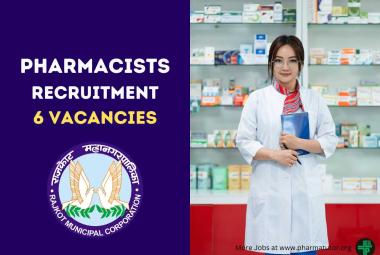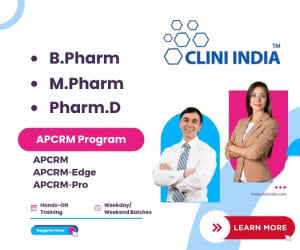ROLE OF BCG IN TREATMENT OF BLADDER CANCER
{ DOWNLOAD AS PDF }
 ABOUT AUTHOR
ABOUT AUTHOR
Abhishek Singhal
Department of Pharmacology,
Smt. Kashibai Navale College of Pharmacy, Kondhwa (Bk.),
Pune, Maharastra, India
*abhishekspharma@gmail.com
ABSTRACT
Aim: This review is written to describe the role of immunotherapy in cancer treatment.
Annually, 13,000 deaths result from bladder cancer. Since the first report of intravesical use of BCG in 1976, investigators try to understand the working mechanism of BCG as an antitumour modality. Arbitrarily, BCG therapy consists of a single course of six weekly intravesical instillations. Bacillus Calmette-Gue´rin, an attenuated strain of Mycobacterium bovis, was developed by Calmette and Gue´rin with the intention to generate a vaccine against tuberculosis. Extension of BCG treatment (maintenance immunotherapy) is used to increase efficacy.
Results of various experiments describe that after instillation in the bladder, BCG accumulates near the bladder wall and is internalised and processed by professional antigen-presenting cells (APCs) and (high-grade) tumour cells. Then BCG antigens are presented to CD4+ T cells. Then local synthesis of a particular set of cytokines or cell-mediated immune response. NK cells may be involve in tumour cell killing.



 ABOUT AUTHOR:
ABOUT AUTHOR: ABOUT AUTHORS:
ABOUT AUTHORS:  ABOUT AUTHORS:
ABOUT AUTHORS:  About Author:
About Author:  ABOUT AUTHOR
ABOUT AUTHOR ABOUT AUTHOR:
ABOUT AUTHOR:  ABOUT AUTHOR:
ABOUT AUTHOR: 







.png)

